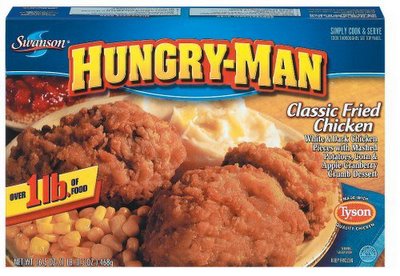A couple of days ago, James Wolcott--his blog is linked over there on the left--quoted Bugs Bunny: "What a maroon!"
And that, of course, started me to wondering just how "maroon" the verb and "maroon" the adjective could be related. I couldn't think of anything, unless you count this children's joke:
"What happened to the sailors when the red boat and the blue boat collided?"
"They were marooned!"
(We'll ignore the fact that maroon isn't purple, but a dark brownish/purplish red.)
Anyway. "To maroon" is to strand, and "maroon" is a colour, and how did one word come to mean two such apparently unconnected things? The answer is that, perhaps surprisingly, it didn't: the two words--identical spellings, identical pronunciations--sprang up independently, from different sources.
The colour "maroon" comes from the French word for chestnut, "marron", which came to them from the Italian "marrone". It entered English unaltered in the late 16th century and evolved into its current spelling about a hundred years later, though it still meant "a chestnut" and didn't attain its colour sense until another hundred years after that. The verb "maroon", on the other hand, seems to have come to us from Spanish "cimarron", "untamed", through French, again, and at about the same time, as it happens. (More details
here, if you like.) It's certainly possible that the pronunciation of one word in English affected that of the other, but there's no reason that that must have happened, since the words have no etymological or definitional connection.
Answers.com, by the way, oddly neglects to mention that maroon-the-colour can be an adjective, describing it only as a noun, which seems to me an odd way to classify a colour, since most of us most of the time use colours as adjectives and not as nouns.
+
Talking about the colour maroon and what exactly it is puts me in mind of various framing customers who talk about "mauve" or "taupe" or "cream". What, exactly, are those supposed to be, anyway? Every single customer I've ever had who used the word "taupe" has a different idea of what it is: some think it's light, some dark: some think it's closer to beige, others to brown.
I don't think of colours in those terms for exactly that reason; everyone has his or her own idea of what such colours are. The colour theory in which I was trained divides the universe of colour into 15 unequal parts: the primaries (red, yellow, and blue), the secondaries (pairs of primaries giving orange, green, and violet), the tertiaries (mixtures of a primary and a secondary giving yellow-green, yellow-orange, blue-violet, blue-green, red-violet, and red-orange), and finally white, grey, and black, non-colours but indispensable for creating the infinity of shades we see every day. So when a customer points to something and says, "There--taupe!", I think, and usually say, "Well, that's yellow-orange with some black thrown in," or whatever the hell it actually is. And
then we can begin working.
So:
maroon? Red. Blackened red, but still red.




